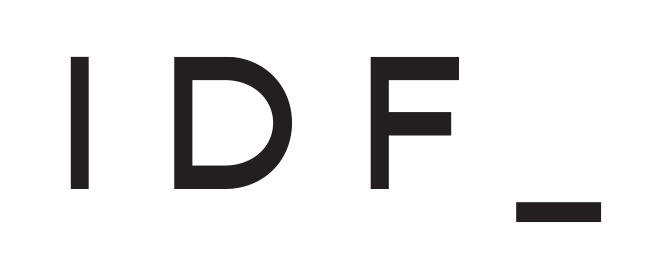
06 Jun A Beginner’s Guide to Caffè in Italy
Do you ever get the feeling that you were born in the wrong country? I was probably Italian in another life and I think my obsession with coffee is proof of it. You may or may not be aware of the importance of coffee in Italian culture, but I suspect that locals embrace every cup of coffee with even more pleasure and indulgence than us Puerto Ricans. Every sip is an enjoyable and relaxing moment to enjoy the flavor and smell of coffee… ‘una pausa’. If you are as dependent on coffee as I am, save yourself some grief on your next trip to Italia by taking some time to learn the caffè lingo and the customs of the locals. Here’s a short guide for you to blend in on your next adventure:
Stand, don’t sit
First of all, when taking your coffee you stand at the bar with all the other Italians to drink it. In the larger towns and cities, they usually charge a supplement for sitting at a table.
Milk is for the morning
Part of the Italian coffee-drinking etiquette is to only drink milky coffees in the morning. Never after a meal. If you do order a cappuccino, caffè latte or a latte macchiato after lunchtime, you may get a funny look, but you will be served it nonetheless
Size Matters
There are no size differentials in Italy. Request a grande or a venti and you’ll be met with confusion. It’s standard sizes here.
Latte is not a latte
If you’re looking forward to a milky coffee, served in a glass, prepare to be disappointed. In Italy, asking for a latte is asking for a simple cup of cold milk. Remember to put “caffè” before it when ordering.
Ask for an Americano and you may get alcohol
Similar to ordering a latte, you should remember to put “caffè” before Americano. Otherwise, you’ll get served an Americano, which is a strong aperitivo!
Now that you know the dos and dont’s, here’s a basic glossary of the main types of coffee:
- Caffè: When you order a simple caffè, an espresso will be served, by default. It’s the traditional strong shot of coffee. You can ask for this either lungo (long) or corto (short). In Italy they don’t use the word espresso because there’s no other coffee to differentiate it from. It will be served in a small cup on a saucer with a small spoon.
- Caffè Americano: The classic large black coffee (espresso filled with hot water). If you want it with milk, say ‘con latte’.
- Cappuccino (or ‘cappuccio’): This will come in a large cup, as an espresso with a froth of steamed milk on top. Don’t make the mistake: ordering a cappuccino straight after lunch/dinner is not Italian at all, as it’s considered too heavy on the stomach. Cappuccino is traditionally taken in the morning, along with cookies or a flaky pastry.
- Caffè latte: A cup of hot milk with an espresso. Don’t confuse it with caffè macchiato! It’s rarely ordered at a bar, more likely to be enjoyed in the home, served in a mug or a bowl (perfect for dipping biscuits in!). Many Italians make it in a Moka pot (small coffee machine).
- Caffè macchiato: It’s an espresso ‘stained’ with a dash of milk. You can also ask for ‘macchiato caldo‘ (hot milk) or ‘macchiato freddo‘ (cold milk).
- Latte macchiato: The opposite of a caffè macchiato. It’s a cup or glass of hot milk ‘stained’ with a dash of coffee!
- Caffè doppio: This is two shots of caffè (espresso).
- Caffè marocchino: This is becoming more and more popular in Milan and northern Italy, and was invented in Piedmont. It consists of a shot of espresso served in a glass, with frothed milk and cocoa powder sprinkled over. In some regions of northern Italy, thick hot cocoa is also added, and in Alba (home of Ferrero), Nutella is used.
- Caffè decaffeinato: Decaffeinated coffee.
- Caffè corretto: Caffè ‘corrected’ with grappa, sambuca or another liquor – strong, so not to be ordered at breakfast!
Now it’s time to practice one of my favorite Italian phrases: “Prendiamo un caffè?” (‘fancy a coffee?’)…


